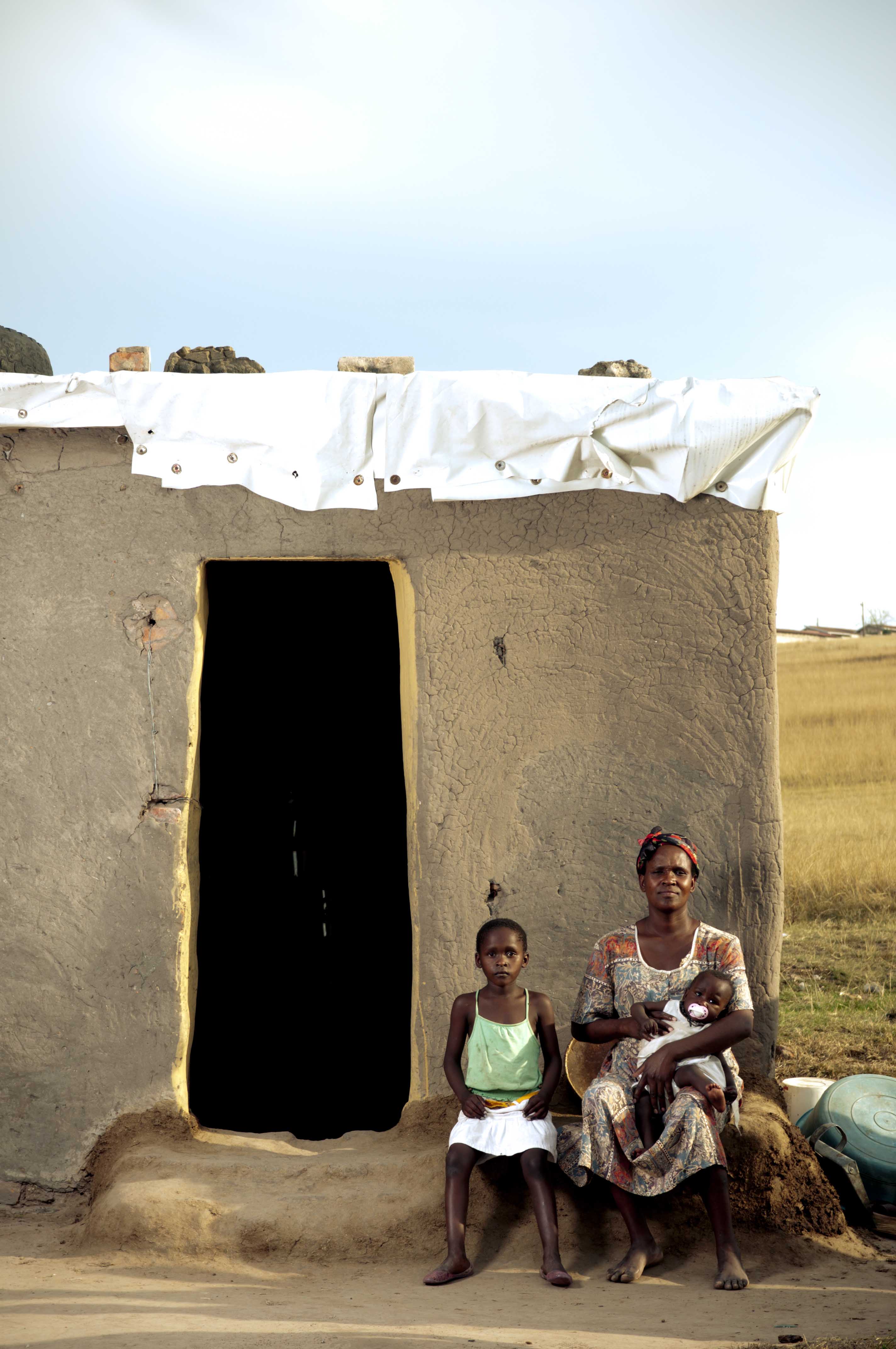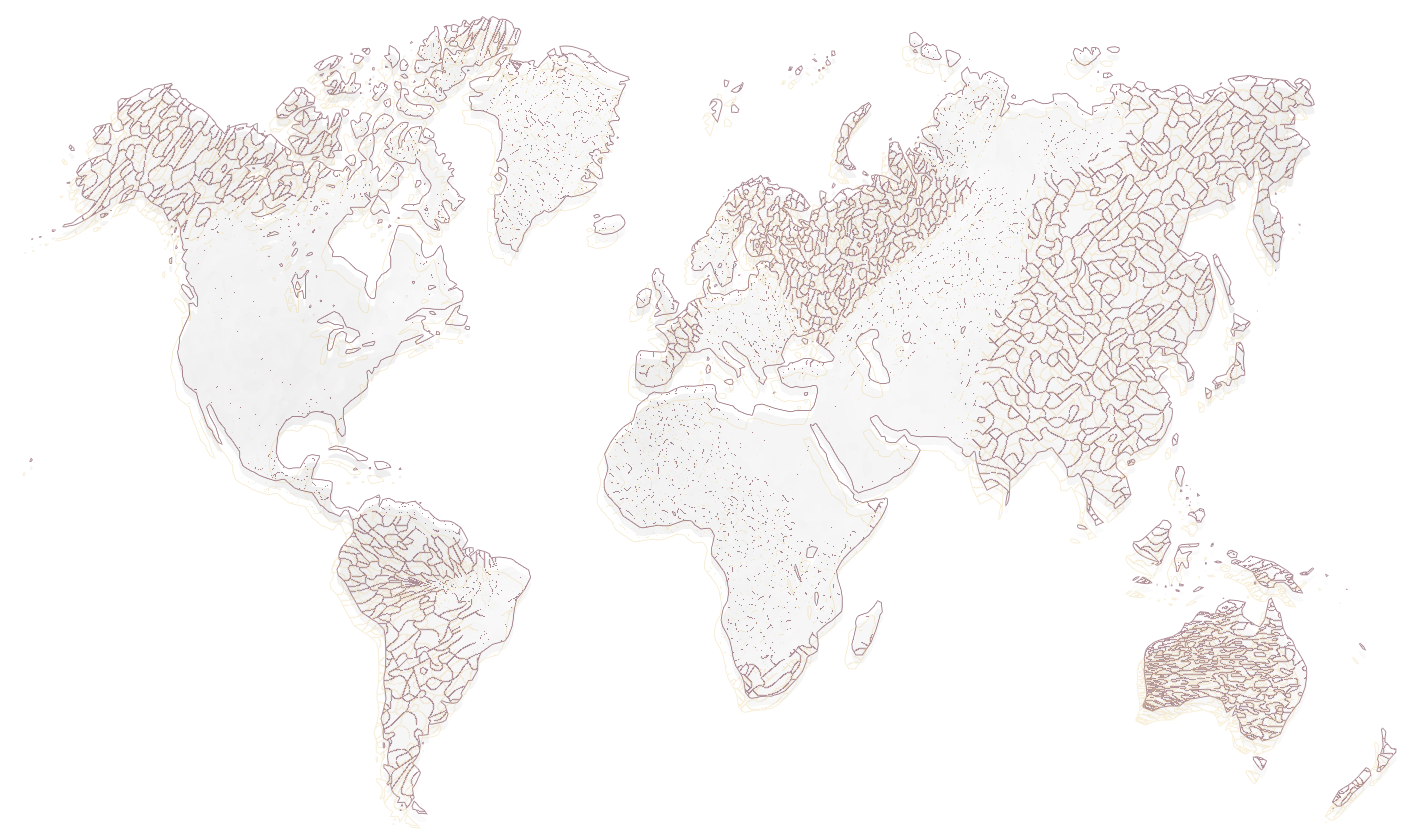
Approximately 99% of maternal deaths occur in developing countries, particularly in sub-Saharan Africa and South Asia, highlighting the effect of fragile, humanitarian settings.
Not only is there a large disparity between the maternal mortality rate between countries, but also within a country. Income and geographic location have a high correlation with a woman’s risk for maternal complications. A woman who is of low income or lives in a rural are likely to receive inadequate health care. It is estimated millions of births are undergone without the assistance of a midwife, doctor, or a trained nurse in poor households.
In contrast, nearly all women in high-income, developed countries have at least four antenatal care visits with a certified health worker and receive postpartum support and care. The difference in women’s health is further demonstrated by the maternal mortality ratio in developing countries in 2015 being 239 per 100 000 live births versus 12 per 100 000 live births in developed countries.
Maternal complications are the leading cause of death for adolescent girls under 15 in developing countries.
Barriers that prevent women from receiving or seeking the care that is necessary include:
- poverty
- distance
- lack of information
- inadequate services
- cultural practices



